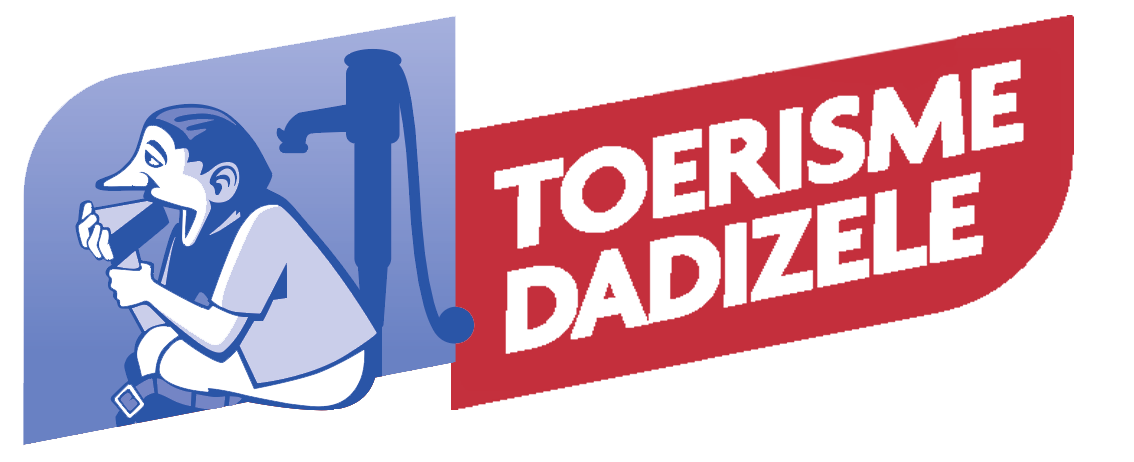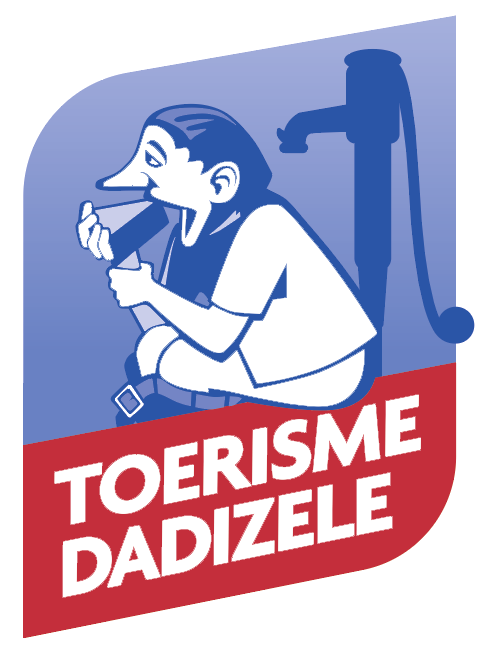Emiel Jacques, kunstschilder
Nederlands
EMIEL JACQUES, kunstschilder
Moorslede 1874 - Bellaire, USA 1937
korte levensschets
- Geboren in Moorslede op 17 juli 1874
- Leerling van de Kunstacademie in Roeselare; eerste prijs in 1893
- Opleiding aan de Stedelijke Academie voor Schone Kunsten in Antwerpen
- 1897: student aan het Hoger Instituut voor Schone Kunsten van België in Antwerpen onder Pieter Van de Ouderaa, Frans Van Leemputten en Jozef Coosemans
- 1901: eervolle vermelding Prijs van Rome; het schilderij hangt in de Sint-Martinuskerk te Moorslede
- 1903: Grote Prijs van de Stad Antwerpen met als opdracht de decoratie van een stadsschool te Antwerpen. Hij koos als onderwerp “De teelt en de nijverheid van het vlas”. Dit werd zijn geprezen “Vlascyclus”, bestaande uit 11 panelen met telkens een hoogte van 2,30 m (eigendom van de provincie West-Vlaanderen)
- Vestigt zich in Brussel. Hij wordt een gevierd kunstenaar met tentoonstellingen in de hoofdstad, provinciale steden en in het buitenland. Hij wordt gerekend tot de “Derde Generatie van de School van Tervuren”
- Regelmatig komt hij terug naar Moorslede. Mensen uit zijn geboortedorp figureren in zijn schilderijen, o.a. in zijn “Hoppepluk”, gesitueerd in Vlamertinge, en te bezichtigen in de raadszaal van het gemeentehuis te Moorslede (eigendom van het Vlaamse Gewest)
- 1913: hij wordt leraar aan de Stedelijke Academie voor Schone Kunsten in Mechelen
- Hij wordt geselecteerd voor de Wereldtentoonstelling in Gent
- WO I: hij geraakt betrokken bij het “Activisme” en wordt lid van “De Raad van Vlaanderen”. Tegen het einde van de oorlog wijkt hij uit naar Nederland om een zware veroordeling te ontlopen. In de repressie na de oorlog wordt hij ervan beschuldigd “een aanslag te hebben gepleegd met het doel den regeringsvorm te veranderen, met boos opzet ’s vijands politiek of plannen in de hand te hebben gewerkt en de getrouwheid der burgers aan Koning en Staat in oorlogstijd aan het wankelen te hebben gebracht“. Hij wordtveroordeeld tot een gevangenisstraf van 10 jaar
- Hij vestigt zich eerst in Nijmegen en later in Den Haag waar hij actief lid wordt van Pulchri Studio. Hij heeft er de leiding van het etsatelier
- In 1923 emigreert hij naar de Verenigde Staten, zijn oudste broer Henry achterna
- Hij opent een atelier in Portland en wordt docent aan de Columbia University in Portland
- 1929: hij wordt professor en hoofd van de afdeling Schone Kunsten aan de Notre Dame University in South Bend, Indiana. Hij houdt verschillende tentoonstellingen, o.a. in South Bend, Chicago, Washington en New York
- 1933: hij krijgt de opdracht om 9 wandschilderijen te maken voor het koor van de Saint Mary Cathedral in Portland
- 1935: hij wordt Amerikaans staatsburger
- 1937: hij plant een reis van een paar maanden naar België. Als gevolg van de “Uitdovingswet” en de “Amnestiewet” op de repressie van na de oorlog, kan hij ongehinderd naar België reizen. Helaas overlijdt hij schielijk te Petoskey tijdens een vakantie aan het Michigan Lake
- 1987: retrospectieve tentoonstelling in Moorslede met een 80-tal werken; publicatie van een biografie en kunstmap, auteur Robert Houthaeve
- 2021: publicatie van een kunstboek “Emiel Jacques, zijn werken”, biografie en overzicht van de tot nu toe ongeveer 200 gekende werken van de schilder, auteur Ludo Hameeuw
Français
Artiste paintre Emiel Jacques
brève biographie
- Né à Moorslede le 17 juillet 1874
- Élève de l'Académie des Beaux-Arts de Roulers; premier prix en 1893
- Formation à l'Académie municipale des beaux-arts d'Anvers
- 1897: étudiant à l'Institut supérieur des beaux-arts de Belgique à Anvers sous la direction de Pieter Van de Ouderaa, Frans Van Leemputten et Jozef Coosemans
- 1901: mention honorable du prix de Rome; le tableau est accroché dans l'église Saint-Martin à Moorslede
- 1903: Grand prix de la ville d'Anvers pour la décoration d'une école de la ville d'Anvers. Il choisit comme sujet "La culture et l'industrie du lin". C'est ainsi qu'est né son célèbre "cycle du lin", composé de 11 panneaux de 2,30 m de haut chacun (propriété de la province de Flandre-Occidentale).
- Il s'installe à Bruxelles. Il devient un artiste célèbre et expose dans la capitale, dans les villes de province et à l'étranger. Il fait partie de la "troisième génération de l'école de Tervuren"
- Il retourne régulièrement à Moorslede. Les habitants de son village natal figurent dans ses tableaux, notamment dans son "Hoppepluk", situé à Vlamertinge et exposé dans la salle du conseil de l'hôtel de ville de Moorslede (propriété de la Région flamande).
- 1913 : il devient professeur à l'Académie municipale des beaux-arts de Malines.
- Il est sélectionné pour l'exposition universelle de Gand.
- Première Guerre mondiale : il s'engage dans l'"Activisme" et devient membre du "Raad van Vlaanderen". Vers la fin de la guerre, il émigre aux Pays-Bas pour éviter les condamnations. Lors de la répression d'après-guerre, il est accusé d'avoir "commis un attentat dans le but de changer la forme du gouvernement, d'avoir malicieusement facilité la politique ou les plans de l'ennemi et d'avoir ébranlé la loyauté des citoyens envers le roi et l'État en temps de guerre". Il est condamné à 10 ans de prison
- Il s'installe d'abord à Nimègue, puis à La Haye, où il devient un membre actif du studio Pulchri. Il y est responsable de l'atelier de gravure
- En 1923, il émigre aux États-Unis, à la suite de son frère aîné Henry
- Il ouvre un atelier à Portland et devient chargé de cours à l'université Columbia de Portland.
- 1929: il devient professeur et directeur du département des beaux-arts de l'université Notre Dame à South Bend, Indiana. Il organise plusieurs expositions, notamment à South Bend, Chicago, Washington et New York.
- 1933: il est chargé de réaliser 9 peintures murales pour le chœur de la cathédrale Sainte-Marie de Portland.
- 1935: il devient citoyen américain
- 1937: il planifie un voyage de plusieurs mois en Belgique. Grâce à l'"Extinction Act" et à l'"Amnesty Act" sur la répression d'après-guerre, il peut se rendre en Belgique sans encombre. Malheureusement, il meurt indirectement à Petoskey lors de vacances au bord du lac Michigan.
- 1987: exposition rétrospective à Moorslede avec quelque 80 œuvres ; publication d'une biographie et d'un dossier sur l'art de l'auteur Robert Houthaeve
- 2021: publication d'un livre d'art "Emiel Jacques, ses œuvres", biographie et aperçu des quelque 200 œuvres connues du peintre à ce jour, auteur Ludo Hameeuw.
English
Artist painter Emiel Jacques
brief biography
- Born in Moorslede on July 17, 1874
- Student of the Art Academy in Roeselare; first prize in 1893
- Training at the Municipal Academy of Fine Arts in Antwerp
- 1897: student at the Higher Institute of Fine Arts of Belgium in Antwerp under Pieter Van de Ouderaa, Frans Van Leemputten and Jozef Coosemans
- 1901: honorable mention Prize of Rome; the painting hangs in St. Martin's Church in Moorslede
- 1903: Grand Prize of the City of Antwerp for the decoration of a city school in Antwerp. He chose "The Cultivation and Industry of Flax" as his subject. This became his acclaimed "Flax Cycle," consisting of 11 panels, each 2.30 m high (property of the Province of West Flanders).
- Settles in Brussels. He becomes a celebrated artist with exhibitions in the capital, provincial cities and abroad. He is a member of the "Third Generation of the School of Tervuren."
- He regularly returns to Moorslede. People from his native village figure in his paintings, among others in his "Hoppepluk", situated in Vlamertinge, and on display in the council chamber of the town hall in Moorslede (property of the Flemish Region).
- 1913: he becomes a teacher at the Municipal Academy of Fine Arts in Mechelen.
- He is selected for the World Fair in Ghent
- WWI: he gets involved in "Activism" and becomes a member of "De Raad van Vlaanderen/The Council of Flanders". Towards the end of the war, he emigrates to the Netherlands to avoid heavy condemnation. In the post-war repression, he was accused of having "committed an attack with the aim of changing the form of government, to have favoured the enemy's policy or plans with malicious intent and to have shaken the loyalty of citizens to the King and to the State in wartime". He was sentenced to 10 years in prison.
- He settles first in Nijmegen and later in The Hague where he becomes an active member of Pulchri Studio. He is in charge of the etching studio there.
- In 1923 he emigrates to the United States, following his eldest brother Henry
- He opens a studio in Portland and becomes a lecturer at Columbia University in Portland
- 1929: he becomes professor and head of the Fine Arts Department at Notre Dame University in South Bend, Indiana. He holds several exhibitions, including in South Bend, Chicago, Washington and New York
- 1933: he is commissioned to create 9 murals for the choir of Saint Mary Cathedral in Portland
- 1935: he becomes an American citizen
- 1937: he plans a trip of several months to Belgium. As a result of the "Extinction Act" and the "Amnesty Act" on post-war repression, he can travel to Belgium unhindered. Unfortunately, he dies suddenly in Petoskey during a vacation at Lake Michigan
- 1987: retrospective exhibition in Moorslede with some 80 works; publication of a biography and art folder, author Robert Houthaeve
- 2021: publication of an art book "Emiel Jacques, his works", biography and overview of the painter's approximately 200 known works up to now, author Ludo Hameeuw

